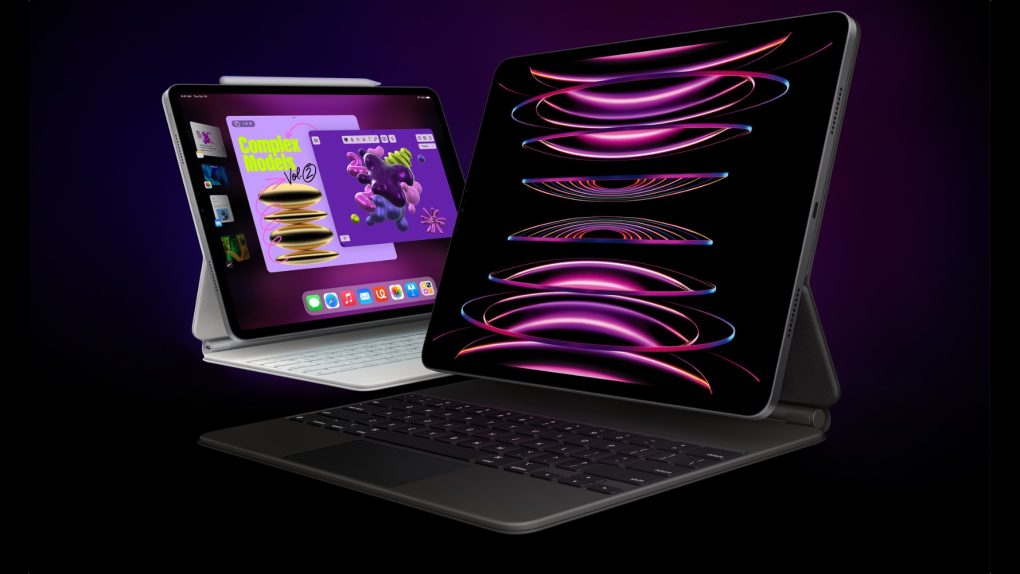In its latest analysis, Display Supply Chain Consultants (via The Elec) said shipment growth of miniLED panels is expected to grow up to 2024 and “essentially halt from 2025 onward” due to Apple switching from this technology to OLED on its iPad and sequentially to the highest-end MacBook Pro models.
The miniLED panel shipment is expected to reach 24.7 million units this year, 30.23 million units in 2024, and then remain around 30 million units from 2025 to 2027. DSCC says that the miniLED technology will continue to be mainly used by Samsung and other TV manufacturers for their premium TVs.
As reported previously, Apple is expected to announce the first batch of OLED iPad models in 2024, followed by OLED MacBook Pro versions in 2025. Currently, only the high-end MacBook Pro and 12.9-inch iPad Pro use miniLED technology.
DSCC Ross Young already said not only will the performance of OLED panels improve in the next few years thanks to tandem stacks and phosphorescent blue emitters, but costs will also fall from larger fabs. With that, the production costs will be better than keeping miniLED display technology for the long term.
The Elec previously reported that Apple is slowly transitioning through four types of display technology for its products. It started with IPS LCD, then IPS LCD with miniLED backlighting (available with the 12.9-inch iPad Pro and 14- and 16-inches MacBook Pro), and, shortly, OLED.
After this transition to OLED, Apple will finally switch to microLED:
Despite the similarity in name to miniLED, this is a completely different technology. It’s effectively a much more sophisticated version of OLED. It’s brighter, more power-efficient and doesn’t suffer from burn-in. Apple’s interest in microLED dates back to at least 2014, and while there have been some signs of progress, this tech is still at a very early stage of development. As with OLED, it’s likely to come first to the Apple Watch, then iPhone, iPad and Macs, in that order.








